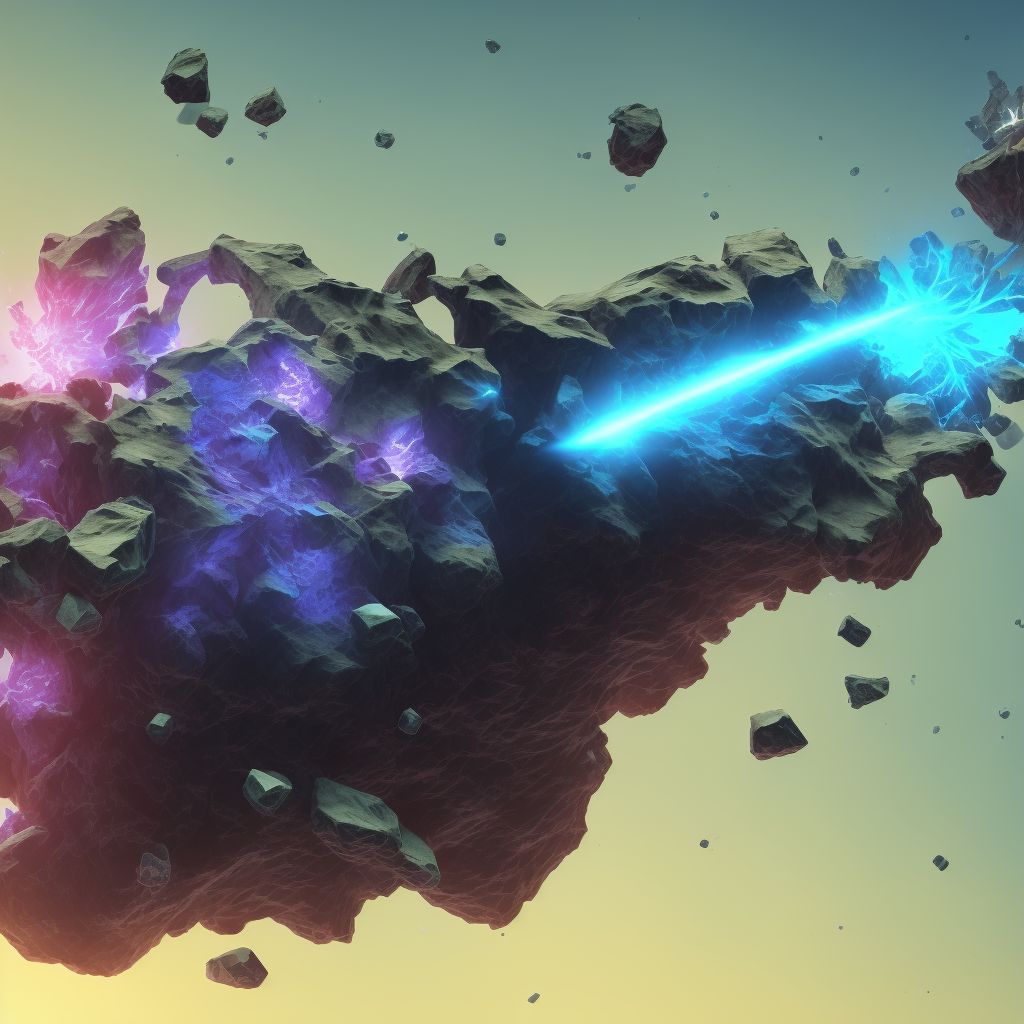
Nondisplaced transverse fracture of shaft of right fibula, initial encounter for open fracture type IIIA, IIIB, or IIIC Save
ICD-10 code: S82.424C
Disease category: S82.424: Nondisplaced transverse fracture of shaft of right fibula
Nondisplaced Transverse Fracture of Shaft of Right Fibula: Understanding Open Fracture Types IIIA, IIIB, or IIIC
A nondisplaced transverse fracture of the shaft of the right fibula is a specific type of injury that requires medical attention. In this article, we will explore the different open fracture types associated with this condition, namely IIIA, IIIB, and IIIC.
- Type IIIA: This classification refers to an open fracture where the wound caused by the fracture is less than 1 cm in size and has minimal soft tissue damage. The fracture is usually caused by high-energy trauma, such as a motor vehicle accident or a fall from a significant height. Medical professionals carefully evaluate these fractures to ensure proper treatment and management.
- Type IIIB: A type IIIB open fracture involves extensive soft tissue damage, including significant skin and muscle loss. The wound caused by the fracture is usually larger than 1 cm, making it more challenging to manage. These fractures often require immediate surgical intervention to clean the wound, remove any debris, and stabilize the fracture with internal fixation devices like plates and screws.
- Type IIIC: Type IIIC open fractures are the most severe and complex. They typically involve extensive soft tissue damage, arterial injury, and nerve damage. These fractures often require urgent surgical consultation and intervention to address the significant vascular and neurologic issues associated with the injury. Advanced imaging techniques, such as angiography, may be necessary to assess and manage the vascular component of the injury.
Proper diagnosis and classification of an open fracture are crucial for determining the most appropriate treatment plan. Medical professionals use various imaging techniques, such as X-rays and CT scans, to assess the extent of the fracture and associated soft tissue damage. Once the fracture is classified according to the Gustilo-Anderson classification system, appropriate interventions can be planned.
It is important to note that this article does not cover specific treatment options for a nondisplaced transverse fracture of the shaft of the right fibula. Treatment decisions are made by healthcare professionals based on individual patient factors and the severity of the injury.
In conclusion, a nondisplaced transverse fracture of the shaft of the right fibula can lead to open fractures classified as IIIA, IIIB, or IIIC. These classifications help guide healthcare professionals in determining the appropriate course of action to manage and treat the injury. If you suspect you have sustained this type of fracture, seek immediate medical attention for a proper diagnosis and treatment plan.
Treatment of Nondisplaced transverse fracture of shaft of right fibula, initial encounter for open fracture type IIIA, IIIB, or IIIC:
Treatment Options for Nondisplaced Transverse Fracture of Shaft of Right Fibula, Initial Encounter for Open Fracture Type IIIA, IIIB, or IIIC
A nondisplaced transverse fracture of the shaft of the right fibula, particularly when it presents as an open fracture type IIIA, IIIB, or IIIC, requires immediate medical attention and appropriate treatment. Here, we will discuss some treatm...
To see full information about treatment please Sign up or Log in